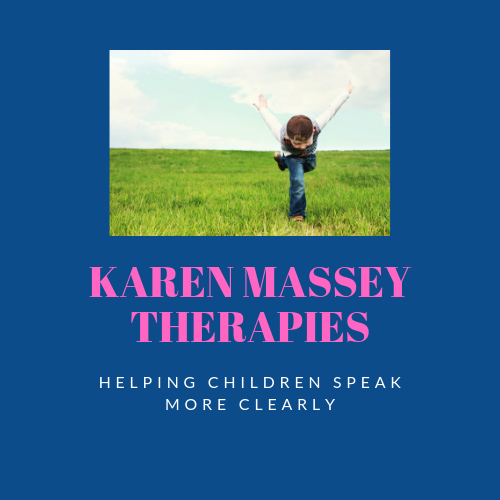by Karen Massey – Speech and Language Therapist, Author
allaboutspeechtherapy.com
3 Tips for Engaging a Child in Their Own Bubble
When I was just starting out as a therapist I also worked as a support worker for children and young people with Autism. It was during this time that I met a young man named Matthew. Matthew lived with his parents. Like many other people with Autism he struggled to communicate and cope with change to his routine. But the biggest barrier for Matthew was social interaction – even being in the same room as a stranger was a big deal. Here are just 3 ways I helped Matthew to relax and start connecting with me for the first time…
Tip 1 – Sit Back and Observe
When I met Matthew he was hiding behind the curtains in his bedroom, trying really hard not to be discovered. He was really anxious. I gradually made it to the other end of the curtains and also hid, then waited. After several minutes, Matthew began to cautiously peep out of the curtain. I observed that he started to do this more and more frequently and knew he had spotted me there and was ready to start connecting.
Tip 2 – Begin to Mirror
When I knew I had Matthew’s attention, I began to mirror him. This meant peeping out from my end of the curtain, until the moment when we both peeped out at the same time! I didn’t know what was going to happen next… he looked at me, looked away, then looked back and smiled. Breakthrough! After that, Matthew got braver until we were moving around the room, me mirroring his actions and his sounds, always following his lead and waiting to check he was still comfortable with the interaction. After an hour it felt like we’d connected and Matthew was ready to let me join in with something new.
Tip 3 – Wait for New Opportunities
By the time Matthew’s parents arrived home, we were sat side by side on the landing surrounded by books. Matthew was letting me choose a book then joining in by turning the pages. He was totally calm, rewarding my patience with lots of eye contact and smiles. I began to tune into his non-verbal communication too, such as subtle body movements and changes in facial expression if I read too quickly or picked a less than favourite book! His parents were so surprised to find us sharing this interaction when they returned home and I felt such a positive warm feeling afterwards. It felt like the barriers had melted away and it was completely worth the wait.
Following these 3 tips helped Matthew to interact with a new person in a safe, non-threatening way. It took a long time, but the connection at the end was totally worth it.





Thank you Karen for sharing these tips. As a parent of an autistic child I can totally understand the importance of communicating at their level and pace.